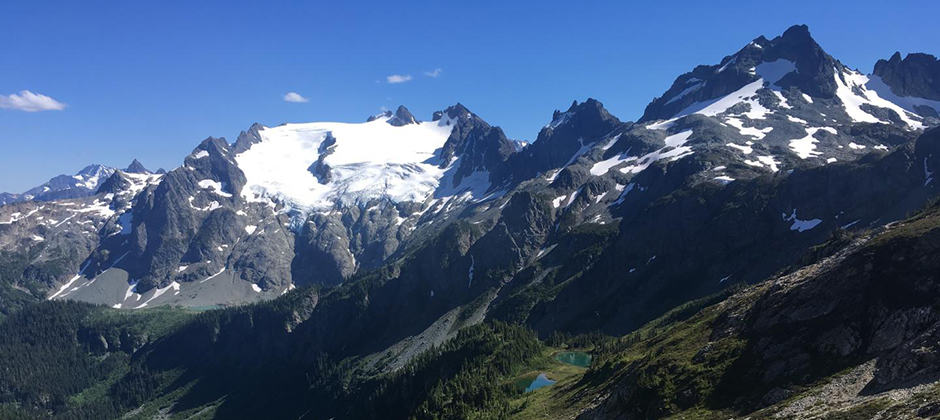Share this article
Planning for climate change costly but necessary
Instead of protecting the current areas that species inhabit, researchers found protecting climate refugia will benefit more species in the future. But it will come at a cost.
“As species move in response to climate change, many conservation plans may be unable to meet their objectives,” said Josh Lawler, a professor in the School of Environmental and Forest Sciences at the University of Washington. Lawler was the lead author of a study published in Philosophical Transactions of the Royal Society B as part of its special issue,“Climate change and ecosystems: threats, opportunities and solutions,”organized by the Royal Society and the National Academy of Sciences.
The study was an extension of research Lawler and his colleagues conducted several years ago looking at the best places in the United States to protect species when land costs and the threat of land use change are taken into account. This time, they wanted to consider climate change.
They looked at species-specific refugia — places that are currently climatically suitable for a species and are projected to remain so. They also looked at places where climatic conditions that are projected to become rarer are likely to remain in the future. Finally, they looked at climate corridors — places that will likely facilitate species movements to address climate change.
“We took those three things and included them in networks of sites designed to protect plants and vertebrates across the U.S.,” Lawler said.
The team determined whether those sites would be different than ones selected solely to protect species where they are today. In short, they asked whether taking climate change into account in the conservation planning process changed the outcomes.
“In some places, it’s a fairly significant shift,” he said. “This tells us we can’t plan based only on current patterns of biodiversity if we want to efficiently protect species into the future. Business as usual won’t work.”
If conservation planning doesn’t account for future potential range shifts, he said, managers will miss a number of species, but protecting them may be expensive.
“There’s a significant increase in cost if you try to protect sites where species are likely to be today and into the future,” Lawler said, “because that turns out to be a much more constrained set of places than where species are now.”
Protecting those species refugia would increase the cost of a reserve network by roughly 60% over protecting species where they are today. Protecting climatic refugia and climate corridors would result in a much smaller increase in cost.
“The more the climate changes, the more we will need to change the way we do conservation, and the more it will cost,” Lawler said. “The most important thing we can do is to reduce the amount of climate change we will experience, and that, of course, will take efforts that go far beyond changing the way we do conservation planning.”
Header Image: The high alpine areas in the Glacier Peak Wilderness in Washington state will become important for wildlife as the climate warms. ©University of Washington








